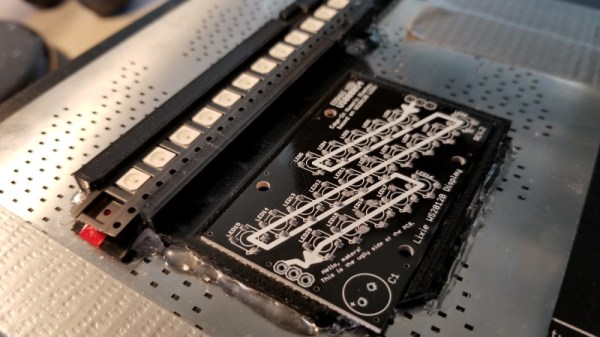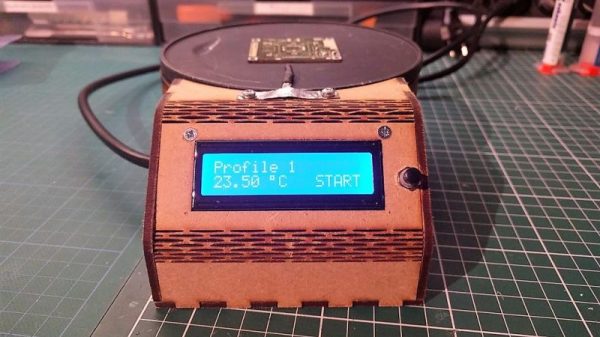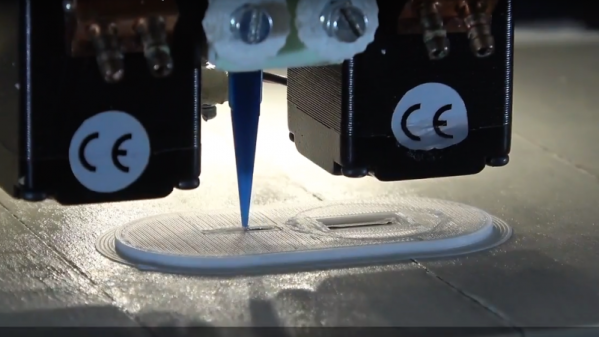Strap on the jeweler’s loupe and lay off the caffeine for a few days. You’ll need to be at your peak for the SMD Soldering Challenge at this year’s DEF CON (number 26 for those counting).
It’s exciting to see that a Soldering Skills Village has been added to the conference this year. It will be in the same room as the Hardware Hacking Village. After all, who doesn’t want to solder at a conference? This soldering challenge is a great way to ring in the new village, and will take place in eight heats of six people for a total of 48 contestants. If you want to compete, make sure you get to the village right away and sign up for a slot!
 A familiar board is being used for the contest. It’s the SMD Challenge board which MakersBox developed. You can check out the Hackaday.io project page and even order one from their Tindie store if you like. The contest will be scored based on time, completion, functionality, precise orientation, and quality of the joints.
A familiar board is being used for the contest. It’s the SMD Challenge board which MakersBox developed. You can check out the Hackaday.io project page and even order one from their Tindie store if you like. The contest will be scored based on time, completion, functionality, precise orientation, and quality of the joints.
The SOIC ATtiny85 is a snap to place on the board, but things get harder with each step. To successfully complete it you need to solder both a resistor and an LED in 1206, 0805, 0603, 0402, and 0201 packages. Those oh-two-oh-ones are basically grains of sand… good luck with that! We’re really excited that MakersBox rolled some custom Hackaday and Tindie boards (pictured above) for this contest which we’re honored to sponsor. It sounds as if the winners will be announced during Hackaday and Tindie’s traditional Breakfast at DEF CON which is happening at 10:30am on Sunday in the HHV.
We plan to spectate during some of the heats and if you’re at the con you should too! For those participating, here’s our advice. Practice soldering the smallest of parts ahead of time (watch some videos on it at the very least). Bring a multimeter to test the diode polarity because you won’t be able to see the symbols on the smallest parts. You may even consider bringing some custom tools; this surface mount “clamp” comes to mind, you’ll just need a much smaller version.
If you have advice of your own, we’d love to hear it in the comments below!


















